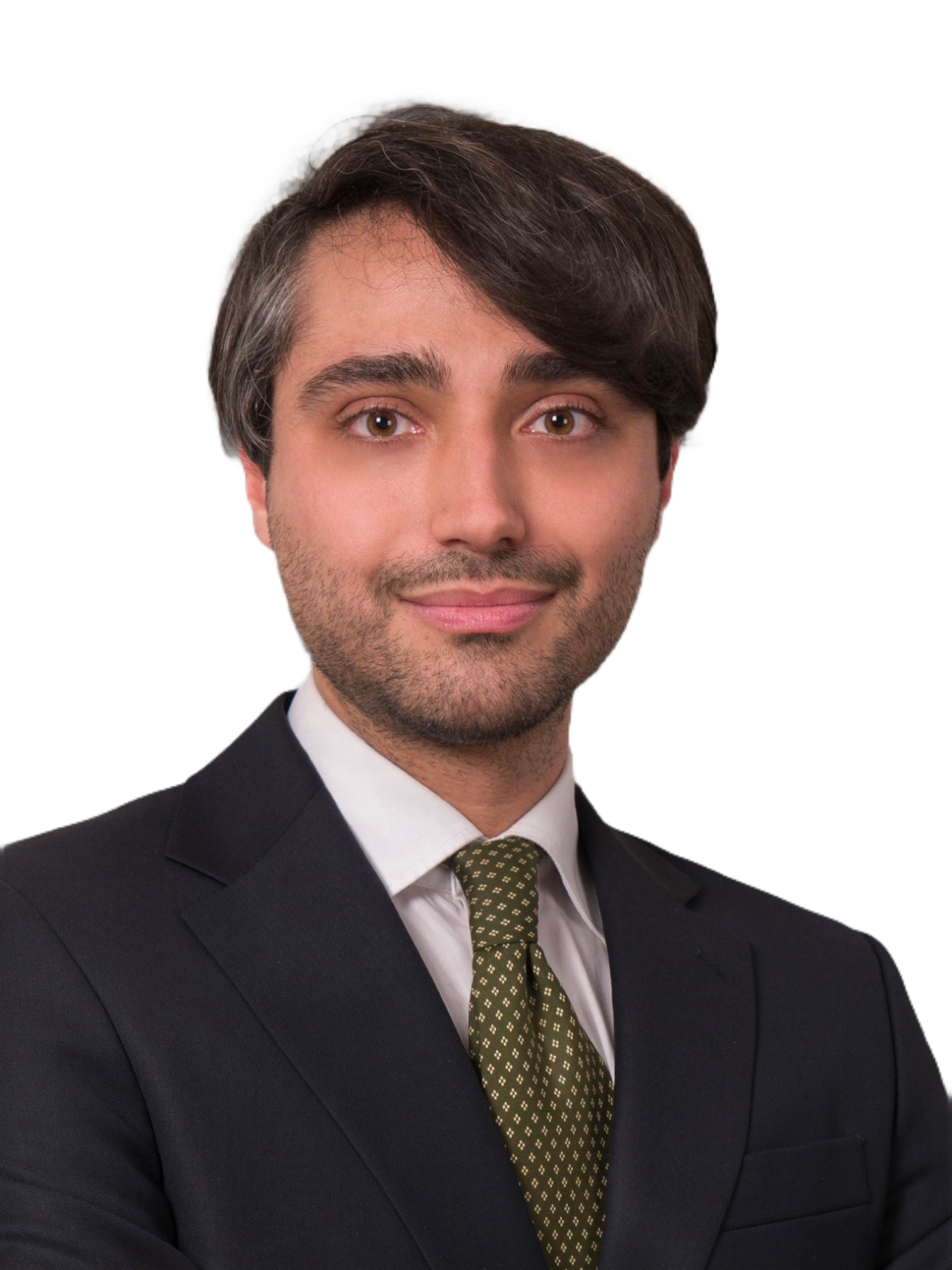Description
PURPOSE
The aim of this study was to document the survival at long-term of meniscal allograft transplantation (MAT) performed as a salvage procedure in patients with knee osteoarthritis (OA).
METHODS
Forty-eight patients (38 males and 10 females) with symptomatic knee OA (Kellgren-Laurence 2-3) and meniscal deficiency were treated with MAT. Forty-four patients had undergone previous total or subtotal meniscectomy, while 33 cases required concomitant procedures. Patients were evaluated at baseline, at 5 years, and at a minimum final follow-up of 10-year (11.1±1.0) with the Lysholm score, the VAS scale for pain, the Knee Injury and Osteoarthritis Outcome Score (KOOS) subscales, and the Tegner score. Surgical and clinical failures were also recorded.
RESULTS
A statistically significant improvement was observed in all clinical scores from baseline assessment to the final follow-up. The Lysholm score improved significantly from 46.4±17.2 at preoperative assessment to 77.7±20.4 at intermediate follow-up (p<0.0005), with a non-significant decrease at final follow-up (71.0 ± 23.3, p= 0.018). A similar trend was reported for the VAS scale for pain, KOOS score, and Tegner score, with a not complete recovery of the previous level of sports activity. Lower results were found for patients that needed more than 1 procedure concurrent with MAT (p=0.018). Five patients were considered surgical failures, while 15 patients were considered clinical failures at the last follow-up.
CONCLUSION
MAT surgery proved to be a viable option to improve pain and joint function even in OA joints. Results were satisfactory over time and, while a worsening of the clinical outcome was observed at long-term follow-up, overall, only a few failures were documented. The need for more combined procedures was a predictor of a lower treatment success.




